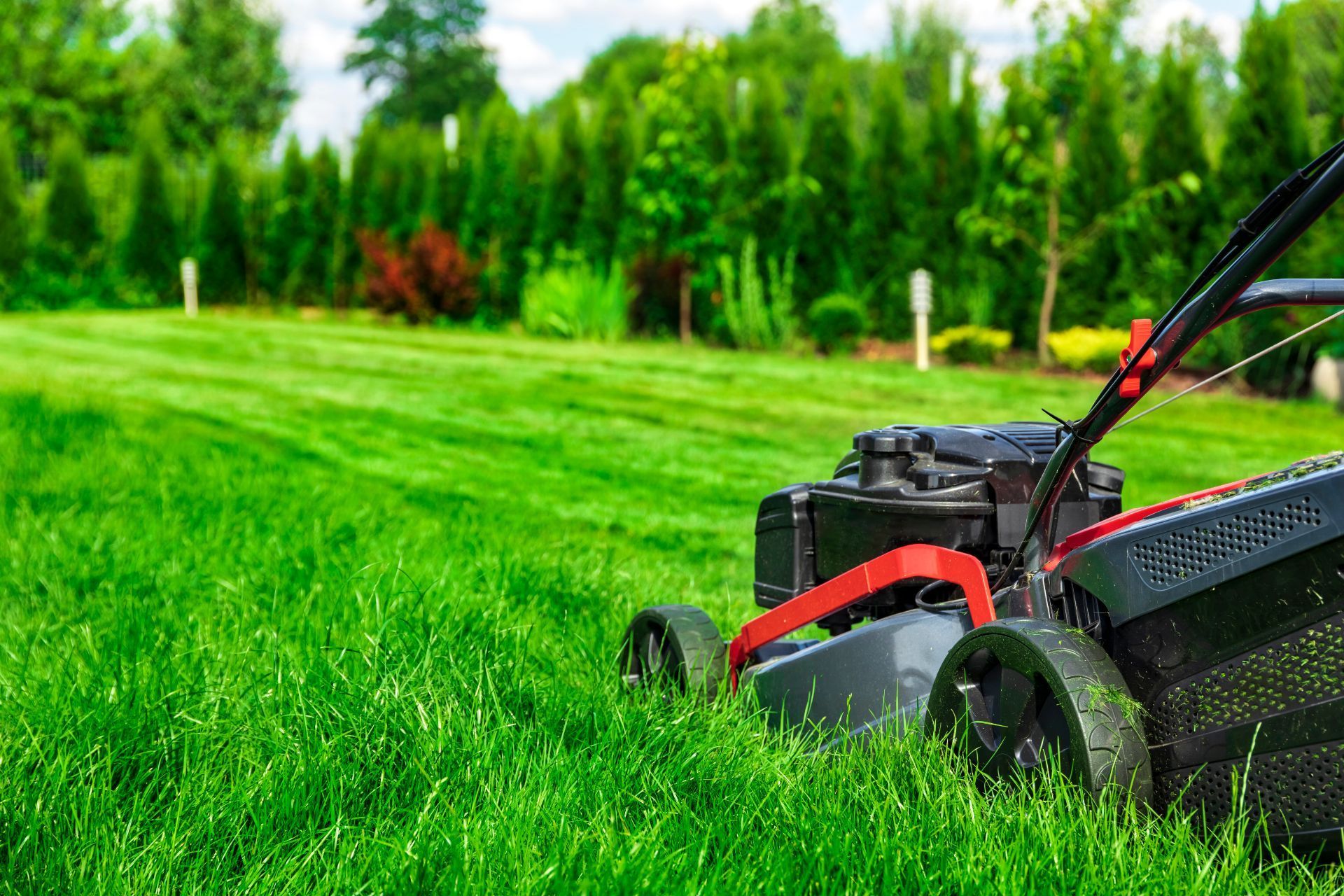Mowing Tips for Georgia Lawns: What Homeowners Need to Know
Maintaining a lush, green lawn in Georgia can be challenging due to the state’s unique climate and soil conditions. At Dead Silent Lawncare, located in Athens, GA, we’re here to provide you with expert mowing tips to help you achieve a beautiful lawn. Whether you're tackling your lawn yourself or looking to understand professional techniques, this guide will equip you with essential knowledge for optimal lawn care.

1. Understanding Georgia’s Lawn Conditions
Climate and Soil Factors
Georgia's warm climate and mixed soil types create a diverse environment for grass growth. Homeowners need to consider these factors when mowing to ensure proper lawn maintenance. The region's heat and humidity can encourage rapid grass growth during peak seasons, necessitating more frequent mowing.
Choosing the Right Grass Type
For Georgia lawns, selecting the appropriate grass type is crucial. Popular choices include Bermuda, Zoysia, and Centipede grass, each with distinct mowing needs. Understanding these differences can help tailor your mowing strategy for the best results.
2. The Basics of Proper Mowing
Optimal Mowing Height
Maintaining the correct grass height is critical for promoting healthy growth and preventing disease. For most Georgia grass types, a mowing height of 1.5 to 2.5 inches is recommended. Always avoid cutting more than one-third of the grass blade at a time to prevent undue stress on the lawn.
Mowing Frequency
During the growing season, lawns may require mowing every 5 to 7 days. Regular mowing encourages thicker lawn growth and helps prevent the spread of weeds.
3. Mowing Techniques for Healthy Lawns
Sharp Blades are Essential
Dull mower blades tear grass rather than cutting it cleanly, which can lead to lawn disease and an unhealthy appearance. Regularly sharpen your mower blades to ensure clean cuts and healthy grass.
Grasscycling: Recycling Grass Clippings
Grasscycling, or leaving grass clippings on your lawn, is an eco-friendly practice that returns essential nutrients to the soil. This method can reduce your reliance on fertilizers and improve soil health over time.
4. Seasonal Mowing Adjustments
Adjusting to Weather Changes
In Georgia, weather can be unpredictable. Be prepared to adjust mowing frequency based on rainfall and temperature. During droughts or intense heat, consider raising your mower deck to conserve moisture.
Preparing Your Lawn for Winter
As the growing season winds down in late autumn, gradually reduce mowing frequency. This prepares your lawn for dormancy and helps prevent winter injury.
Conclusion
Successfully maintaining a Georgia lawn requires understanding the unique environmental conditions and adopting tailored mowing practices. At Dead Silent Lawncare, we’re committed to helping Athens homeowners achieve healthy, vibrant lawns with expert advice and professional services. Follow these mowing tips to enhance your lawn care routine and enjoy a beautiful outdoor space year-round.
Frequently Asked Questions
How often should I mow my Georgia lawn?
Mow every 5 to 7 days during peak growth periods, adjusting frequency based on weather conditions and grass growth rate.
What is the recommended mowing height for Georgia grasses?
Typically, keep grass between 1.5 to 2.5 inches high to promote healthy growth and stress resistance.
Should I bag grass clippings or leave them on the lawn?
Consider grasscycling, which leaves clippings on the lawn to return nutrients to the soil and reduce waste.
How do I keep my mower blades sharp?
Regularly inspect and sharpen your mower blades, or have them professionally sharpened to maintain clean, healthy cuts.
How can I prepare my lawn for winter in Georgia?
Gradually reduce mowing frequency in late autumn and leave grass slightly taller to prepare for dormancy and minimize winter damage.


